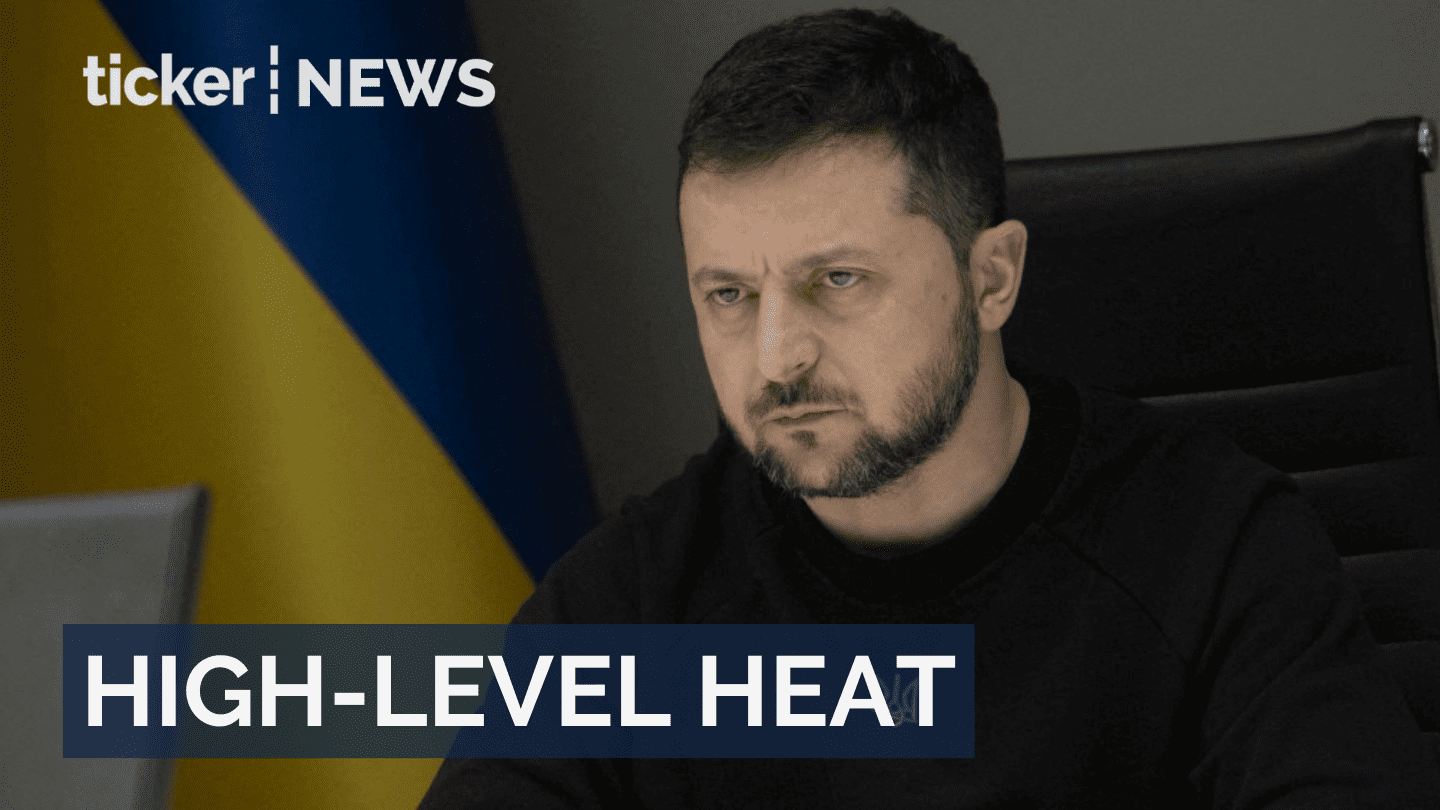Michelle Grattan, University of Canberra
Espionage cost Australia $12.5 billion in 2023-24, according to a study by ASIO and the Australian Institute of Criminology.
The figure includes the direct costs of known espionage incidents, including state-sponsored theft of intellectual property, as well as the indirect costs of countering and responding.
Details of the Cost of Espionage report were released by the head of ASIO, Mike Burgess, in delivering the annual Hawke Lecture on Thursday night. Espionage is defined as “the theft of Australian information by another country that is seeking an advantage over Australia”.
Burgess said the Institute estimated foreign cyber spies stole nearly $2 billion from Australian companies and businesses in trade secrets and intellectual property in 2023-24.
In one instance, spies hacked into a major Australian exporters computer network, stealing commercially sensitive information.
“The theft gave the foreign country a significant advantage in subsequent contract negotiations, costing Australia hundreds of millions of dollars.”
Burgess pointed to another espionage incident several years ago when an overseas delegation visited a sensitive Australian horticultural facility.
A delegation member entered a restricted area and photographed a rare, valuable variety of fruit tree. A staff member intervened and deleted the image but it later turned out several of the tree’s branches had been stolen and smuggled out of Australia.
“Almost certainly, the stolen plant material allowed scientists in the other country to reverse engineer and replicate two decades of Australian research and development.”
In another instance, an Australian defence contractor invented and sold a world-leading innovation.
At first sales boomed but then they collapsed, and “customers began flooding the company’s repair centre with faulty products. While the returns looked genuine, closer examination revealed they were cheap and nasty knock offs.
“An investigation uncovered what happened.
“One year earlier, a company representative attended a defence industry event overseas and was approached by an enthusiastic local. She insisted on sharing some content via a USB, which was inserted into a company laptop. The USB infected the system with malware allowing hackers to steal the blueprints for the product.
“Almost certainly, the ‘enthusiastic local’ worked for a foreign intelligence service. The blueprints were given to a state-owned enterprise which mass-produced the knock-offs and deprived the Australian company millions of dollars in lost revenue – the tangible cost of espionage.”
Burgess said many entities do not realise their secrets have been stolen by espionage.
He stressed the institute was deliberately conservative, only modelling costs it could confirm and calculate.
“That means many of the most serious, significant and cascading costs of espionage are not included in the 12.5 billion dollar figure. The potential loss of strategic advantage, sovereign decision-making and warfighting capacity hold immense value, but not a quantifiable dollar value.”
“The Institute estimates Australia prevented tens of billions of dollars of additional costs by stopping or deterring spying,” Burgess said.
He said ASIO estimated the espionage threat “will only intensify. It is already more serious and sophisticated than ever before, so our response must also be more serious and sophisticated than ever before.”
Russian spies booted out in 2022
Burgess confirmed that in 2022 a number of “undeclared Russian intelligence officers” were removed from Australia.
“The decision followed a lengthy ASIO investigation that found the Russians recruiting proxies and agents to obtain sensitive information, and employing sophisticated tradecraft to disguise their activities.”
Last year, two Russian born Australian citizens were charged with an espionage related offence.
Russian remained a persistent and aggressive espionage threat, Burgess said. “But Russia is by no means the only country we have to deal with.
“You would be genuinely shocked by the number and names of countries trying to steal our secrets.
“The obvious candidates are very active – I’ve previously named China, Russia and Iran – but many other countries are also targeting anyone and anything that could give them a strategic or tactical advantage, including sensitive but unclassified information.”
Burgess said increasingly foreign intelligence services were broadening their collection efforts beyond traditional categories. They were aggressively targeting science and technology, and public and private sector projects, negotiations and investments. This includes Antarctic research, green technology, critical minerals and rare earths extraction and processing.
‘A very unhealthy’ interest in AUKUS
Burgess said foreign intelligence services were “taking a very unhealthy interest in AUKUS and its associated capabilities.”
“Australia’s defence sector is a top intelligence collection priority for foreign governments seeking to blunt our operational edge, gain insights into our operational readiness and tactics, and better understand our allies’ capabilities.
“Targets include maritime and aviation-related military capabilities, but also innovations with both commercial and military applications.
“And with AUKUS, we are not just defending our sovereign capability. We are also defending critical capability shared by and with our partners.”
He said foreign intelligence services were “proactive, creative and opportunistic” in targeting present and former defence employees.
There was relentless cyber espionage, in-person targeting and technical collection.
“In recent years, for example, defence employees travelling overseas have been subjected to covert room searches, been approached at conferences by spies in disguise and given gifts containing surveillance devices.”
Two dozen major disruptions in the last three years
Burgess said that ASIO had detected and disrupted 24 major cases of foreign interference in the last three years alone.
This was more than in the previous eight years combined. They were just the major disruptions – there were many other cases. Among the examples he gave were:
- spies recruited a security clearance holder who handed over official documents on free trade negotiations
- foreign companies connected to intelligence services sought to buy access to personal data sets; sought to buy land near sensitive military sites, and sought to collaborate with researchers developing sensitive technologies
- foreign intelligence services tried to get someone employed as a researcher in a media outlet, aiming to shape reporting and receive early warning of critical stories
- spies convinced a state bureaucrat to login to a database to obtain details of people considered dissidents by a foreign regime
- nation state hackers compromised a peak industry body’s network getting sensitive information
- a foreign intelligence service had multiple agents and their family members apply for Australian government jobs to get access to classified information.


Michelle Grattan, Professorial Fellow, University of Canberra
This article is republished from The Conversation under a Creative Commons license. Read the original article.
























